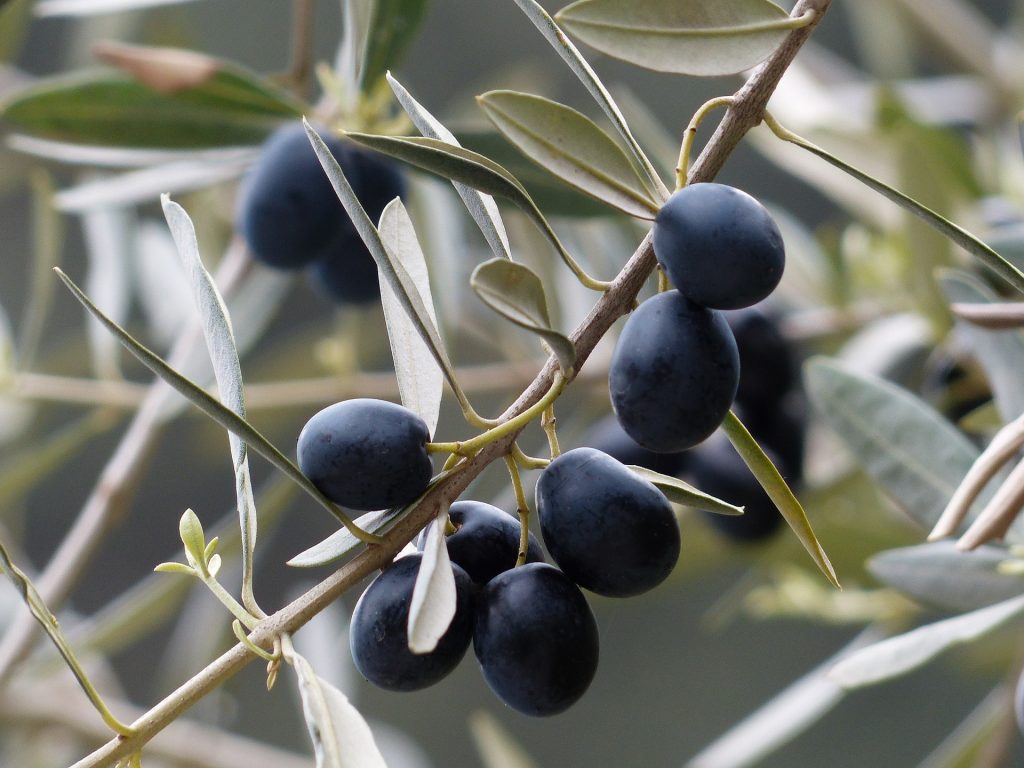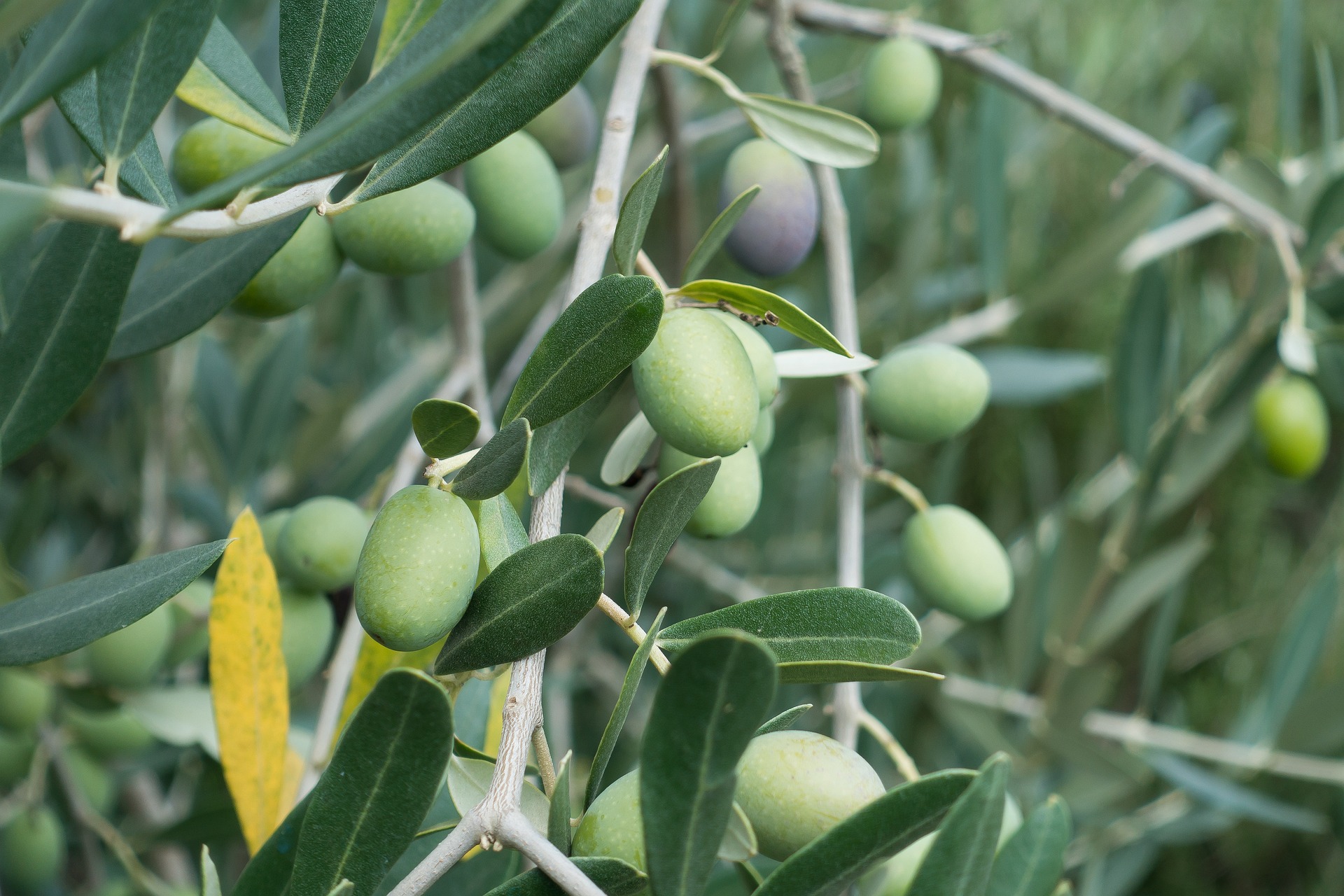Growing Olives
Olives are one of the tastiest, hardiest and pedigreed fruit around. They can grow for hundreds of years but can start producing in around two.

Site and soil
Olive trees can adapt to a wide variety of soils, but prefer a soil with a balanced pH (neither acid or alkaline) that is rich in organic matter. They don’t like to have wet feet, so good drainage is important.
Olives prefer full sun and require cold winters for good flower production and long, dry summers to mature good fruit. In particular, late frosts can vary production from year to year in this region.
Choose your position in the garden well – these evergreens can grow up to 50 feet tall and can live up to 500 years old!
Planting
Add composted manure to the soil prior to planting. Start with 1kg per tree in a metre diameter. If planting more than one tree, make sure they are at least 2m apart. You may need to stake young trees.
Olives can grow quite well in pots, as long as they are watered and fertilised appropriately. Choose a pot of at least 60-75cm diameter with a similar depth.
Cultivating
Olives are a shallow-rooted plant and so require frequent watering in hot conditions, particularly around flowering and fruit set. They like a dose of fertiliser in autumn and after harvest and good mulch to keep weeds at bay.
The best time to prune is after harvest. To maintain the health of the tree and to encourage fruit in the following year, prune branches in the centre of the tree to open the canopy and allow air and light to the foliage. Remove dead branches and any branches that are too close to the ground.

Harvesting
Fruit can be picked by hand or raked from trees using a closely pronged rake. Harvesting generally takes place from mid autumn to early winter.
Green olives (eg Manzanillas) are picked when they are hard, immature and very bitter. They need to be fermented, cured or brined before they’re edible.
Black olives (eg Kalamatas) are mature fruit picked at different stages of ripeness. They have a milder flavour and don’t need to be fermented before eating.

Problems
Thankfully, many of the more serious traditional pests haven’t arrived in Australia, or if they have, their range is limited. Black scale adults suck carbohydrates from the plant, impeding fruit bud formation and causing leaf dieback. Olive lace bug is native to Australia, extracting fluid from the leaf of the plant, reducing plant growth and causing premature leaf drop.
Peacock spot is a fungal disease, most often observed on leaf surfaces, that also causes premature leaf drop and reduces productivity. Areas prone to heavy rain or late frosts during spring are most likely to be affected by the bacterial disease Olive knot, which produces round galls on young branches.
